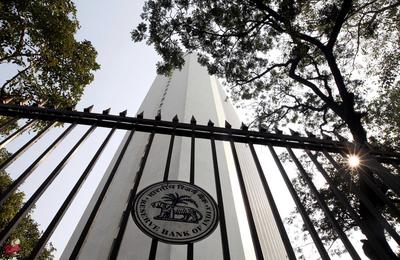Not surprisingly, India staged its recovery within two quarters of the crisis striking, as economic growth accelerated from 6.7 per cent in 2008–09 to 7.2 per cent in 2009–10 and 7.5 per cent in 2010–11. Most forecasts for 2011–12 predicted over 8 per cent growth. But the economy has shown significant signs of slowing down. With the economy growing at about 6.9 per cent in the second quarter of 2011, and the November estimates of industrial production showing over 5 per cent decline, it is now expected that the growth rate for 2011 may even fall below 7 per cent.
The moderation in India’s economic growth rate was not the only matter for concern in 2011. The economy possesses a number of structural imbalances, and no effective mechanisms have been put in place to correct them. The government has not been able to control fiscal deficits at the budgeted levels and it is now expected that the central government’s fiscal deficit will be about 5.5 per cent of GDP and the consolidated fiscal deficit around 8 per cent. With the annual losses of state electric utilities amounting to 1 per cent of GDP, the government’s overall fiscal situation is not much different than it was at the beginning of the decade. Providing for additional expenditure commitments in education, healthcare and food security will be a daunting challenge over the coming year — especially when combined with the political difficulty of phasing out ill-targeted subsidies and achieving fiscal consolidation in the medium term.
There are worries on the balance-of-payments and inflationary fronts as well. The virtual stagnation of the global economy has resulted in stagnating exports for India, and as crude oil prices remained elevated throughout 2011, a high growth in imports also continued. With exports even slowing in the services sector, India’s current account deficit is likely to touch 3 per cent of GDP. In normal times, this could have been managed with capital inflows, but, with foreign institutional investors shying away from India, financing a deficit of this order will pose problems. Not surprisingly, the value of the rupee plummeted by over 20 per cent in the last few weeks, and even with the Reserve Bank of India in possession of reserves surpassing US$300 billion, a significant depreciation of the rupee could not be prevented. In the next six months, India will have to repay foreign loans of over US$140 billion, but problems may arise if the lenders refuse to roll over the credit. In addition, the inflation rate for 2011 is likely to be close to 10 per cent, and the rupee’s falling value has not helped matters.
The major concern for 2012 is the government’s apparent inability to forge political consensus and enact reforms which could bring in FDI and institutional investment. The last few months have raised serious questions about the government’s ability to carry forward much-needed reforms. These issues of governance — teamed with the inability to phase out subsidies or achieve fiscal consolidation — and India’s ‘policy paralysis’ in several areas are serious cause for worry. But crisis is the mother of reform, and the difficult situation should force the Indian government to act. The government has an 18-month window to carry out reforms before electoral politics overtake policy making. Hopefully, it will muster enough support by forging consensus on important economic reform policies, remedy the structural imbalances and revive the economy to reach the trend growth rate of over 8 per cent.
M. Govinda Rao is Director at the National Institute of Public Finance and Policy, New Delhi, and a member of the Economic Advisory Council to the Indian Prime Minister.
This article is part of a special feature: 2011 in review and the year ahead.

